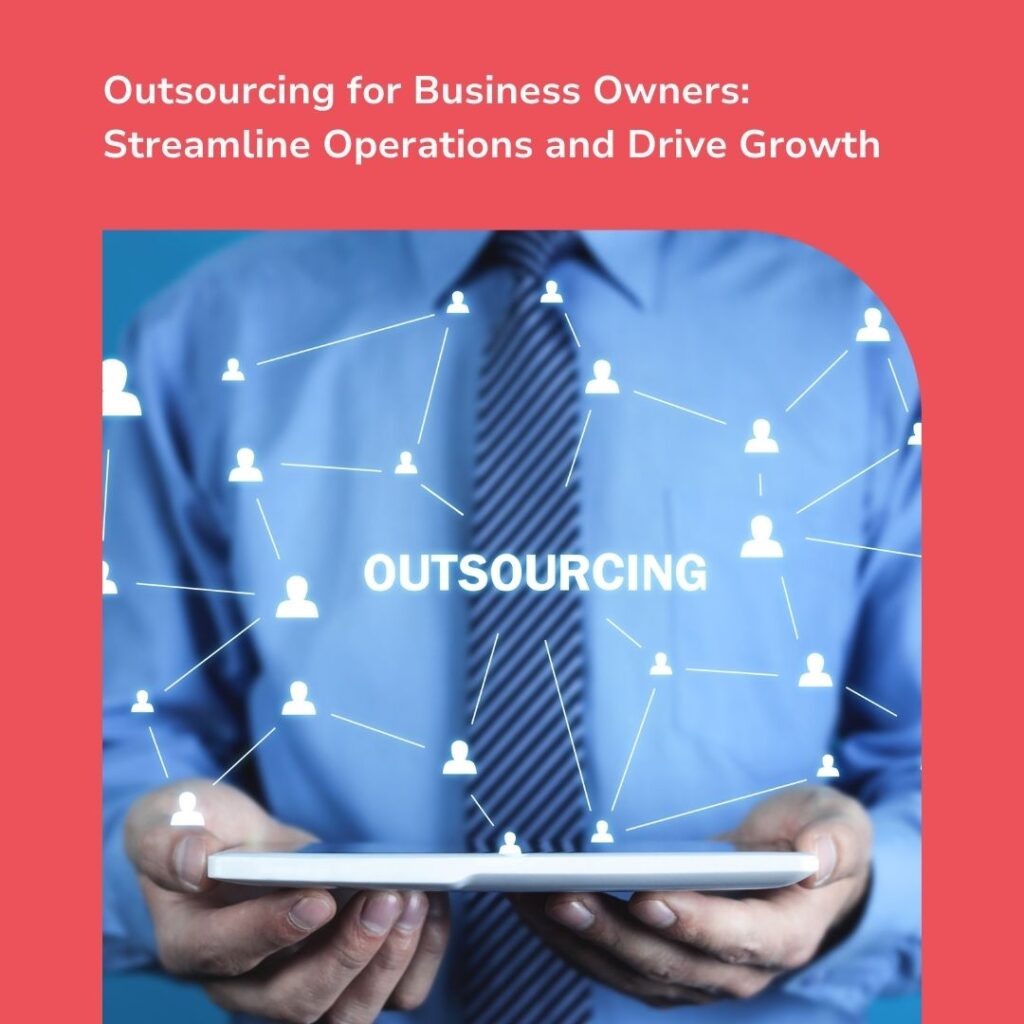Consumers have more options than they’ve ever had. They are no longer restricted to whatever the local shop has on offer, and they may order anything they desire whenever they want it.
As a result, among sellers, stores, and service providers, competition is strong.
The only way to stay competitive is to stay ahead of consumer trends and desires. This may be accomplished with predictive analytics, which allows marketers to understand consumer behaviours and trends, anticipate future changes, and plan their campaigns accordingly.
What is Predictive Analytics?
Predictive analytics is a type of analysis in which artificial intelligence and machine learning are used to merge the findings from various datasets, algorithms, and models in order to anticipate future actions.
The insights obtained from predictive analysis help marketers better predict what will happen in the future, allowing them to create more effective marketing campaigns.
Types of Predictive Analytics
There are three distinct sorts of models used in predictive analytics:
Cluster Models: These sophisticated algorithms are used for audience segmentation based on prior brand interaction, past purchases, and demographic data.
Propensity Models: Customer intent may be determined by assessing a client’s probability to perform various activities, such as convert, respond to a promotion, or disengage.
Recommendations Filtering: This algorithm uses past purchase data to determine where there may be additional sales.
These models capture information that allows marketers to create more successful, dynamic media plans that will improve the customer experience and ROI.
Predictive Analytics in Marketing
There are a number of methods for marketers to use predictive marketing analytics in their campaigns to enhance effectiveness and improve marketing. These include:
Assess Consumers’ Behaviours
The findings provide marketers a deeper knowledge of consumers’ interests based on prior interactions. Marketers may create audiences based on previously identified interests and demographic data.
This enables marketers to deliver targeted messaging to the correct people at the appropriate moment on the right device. Finally, it improves consumer experience and brand loyalty by breaking through incessant ad noise.
Narrow Down and Prioritize Leads
Predictive analytics also allows marketers to filter and score leads.
Understanding consumer behaviour allows marketers to identify ideal audience segments that are more likely to convert.
These data show how likely a consumer is to act, allowing marketing teams to focus more time and money on those who are most likely to respond.
Distributing the Right Content to the Right Audience
The distribution of targeted content is an important factor in nurturing leads.
Through predictive analytics, you can learn which types of content resonate best with your audience (or different segments) and be directed towards using channels they’re most comfortable with.
As time passes, you will make future creations more personalized for each individual, leading to higher conversion rates as well!
Retain Customers
Predictive analytics aid in customer retention by allowing marketers to better understand customers’ needs.
This assists with product and service offers that are tailored to the consumer’s previous purchases and interests, as well as revealing potential cross-sell and upsell possibilities that aren’t worth pursuing.
Predicting Customer Life-Time Value
You can also predict your Customer Lifetime Value (CLV), using predictive analytics.
Using historical data, you can determine which customers are the most profitable and how much profit they generate per customer contact or marketing activity.
Then, segments of an audience that show loyalty through repetition will be bringing higher ROI than other groups who need more convincing before buying from you.
Determine Better Product/Service Fit
You can better understand what your current customers want from you by analysing customer behaviour data, lead information, and prior purchase history.
You may use this data to anticipate what else they might want or require in the future. Create new product and service concepts that go deeper and better than your consumer base’s current demands and wants.
Optimising Future Marketing
The more information you have, the better you can organize and execute your marketing activities.
More precise targeting and messaging may help you develop stronger, more authentic campaigns that connect with leads and customers. This should result in enhanced outcomes over time.
Predictive analytics not only helps you reduce risks by taking a lot of the guesswork out of your operations, but it can also help you develop more quickly and earn a higher return on investment for your company.
These techniques might not guarantee success, but they can assist you in achieving your goals by informing future actions and decisions.
Application of Predictive Analytics
Unified Marketing Measurement
Marketers need a massive amount of historical data in order to forecast future developments.
This implies that marketers must keep track of each interaction as consumers interact with campaigns, progress down the sales funnel, and ultimately convert.
All of this information must then be combined and linked in order to properly construct consumer identities.
Unified marketing measurement enables predictive analytics by collecting information on market trends, consumer behaviour, and online and offline engagements in a centralized way.
Marketing Analytics Software
Predictive analytics necessitate the integration of a variety of measurement models and high volumes of data.
Advanced marketing analytics software that can properly distill all of this information into digestible information from which actionable insights may be drawn is necessary.
Artificial Intelligence and Machine Learning
AI and machine learning are expected to have a significant impact on marketing optimization in the future, and they’re regarded as important elements by marketers who use omnichannel marketing tools.
The ability to act on insights in real time and serve dynamic content automatically is made possible by these technologies.
Based on data analysis, machine learning, and AI marketing tools may provide dynamic pricing, automated sales predictions, automatic content development and real-time customization.
In the meantime, please check our extended digital marketing services.









